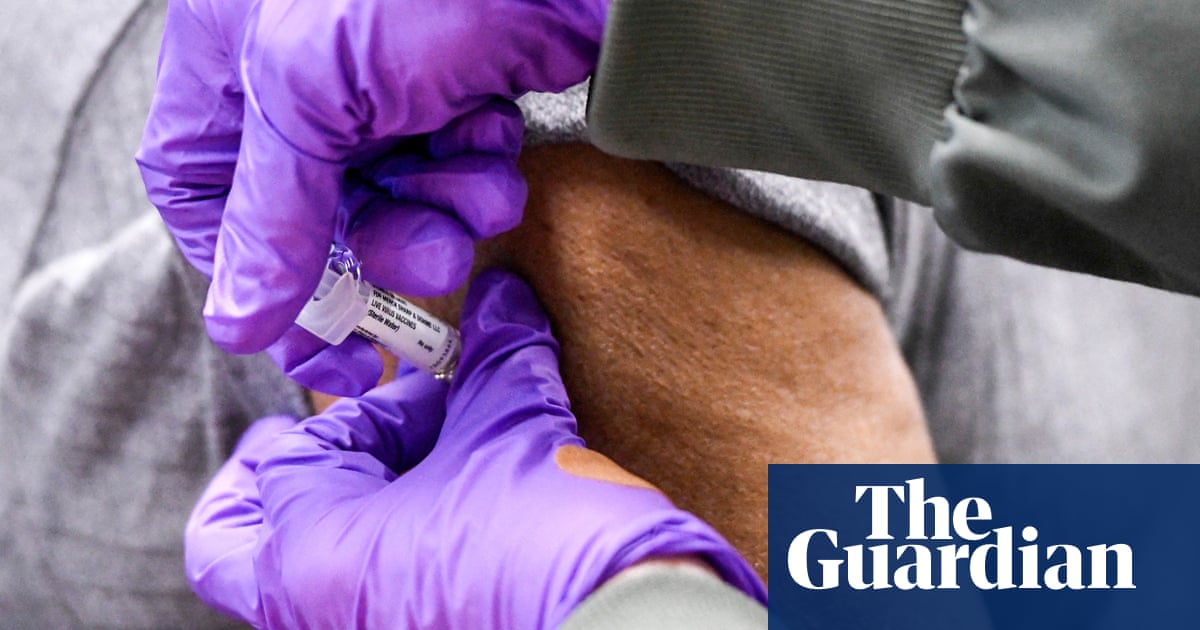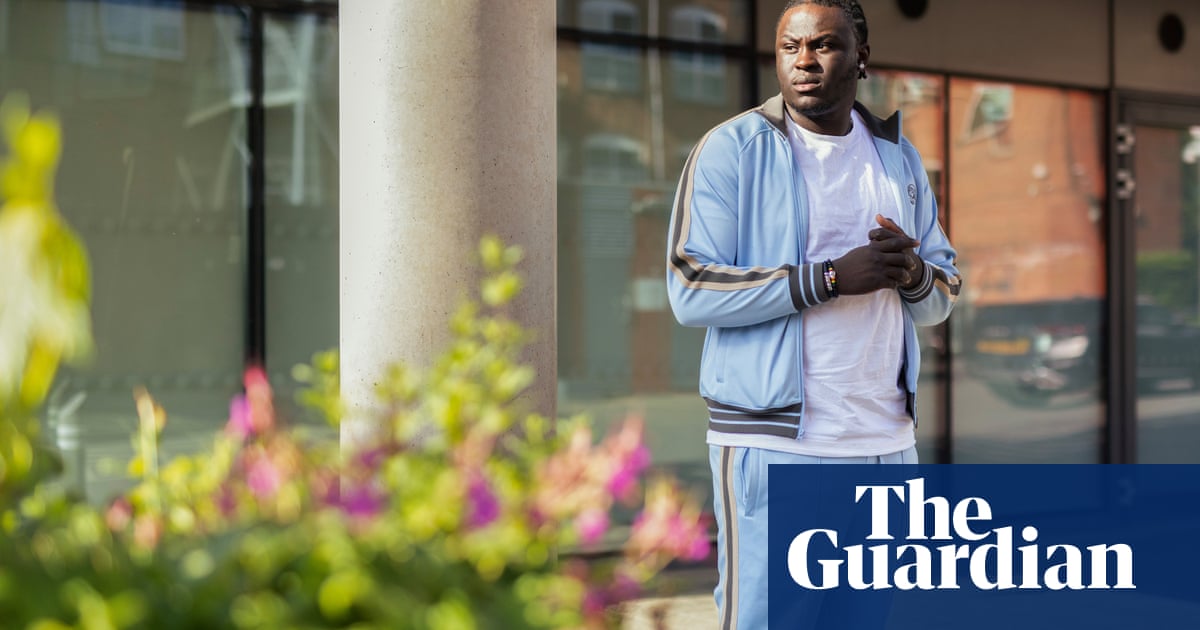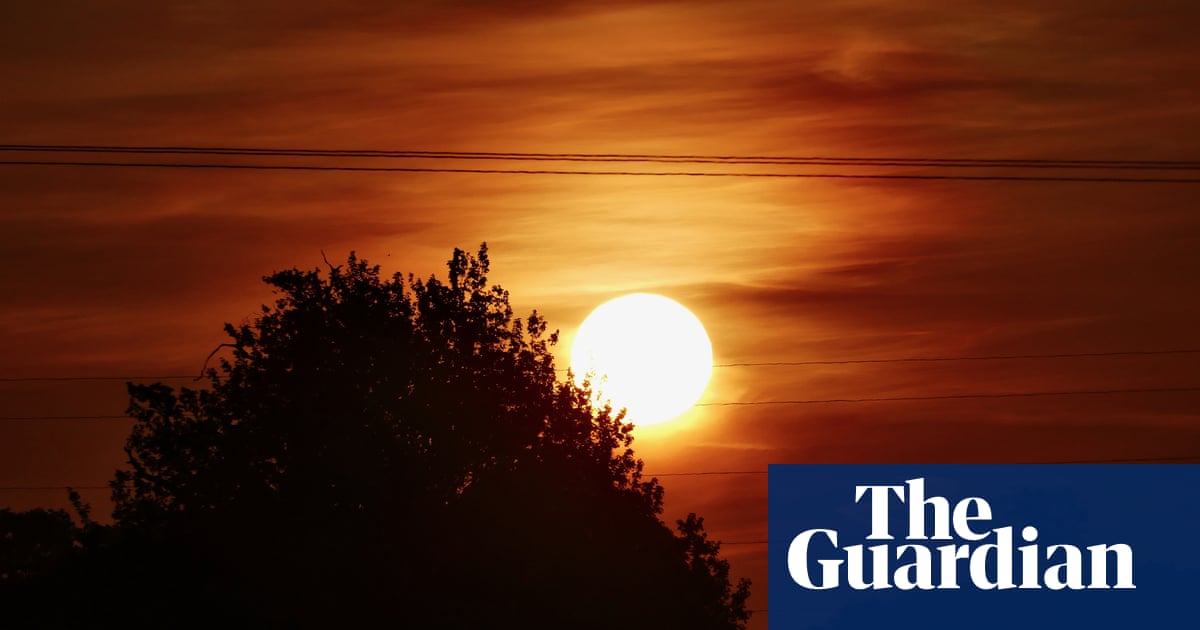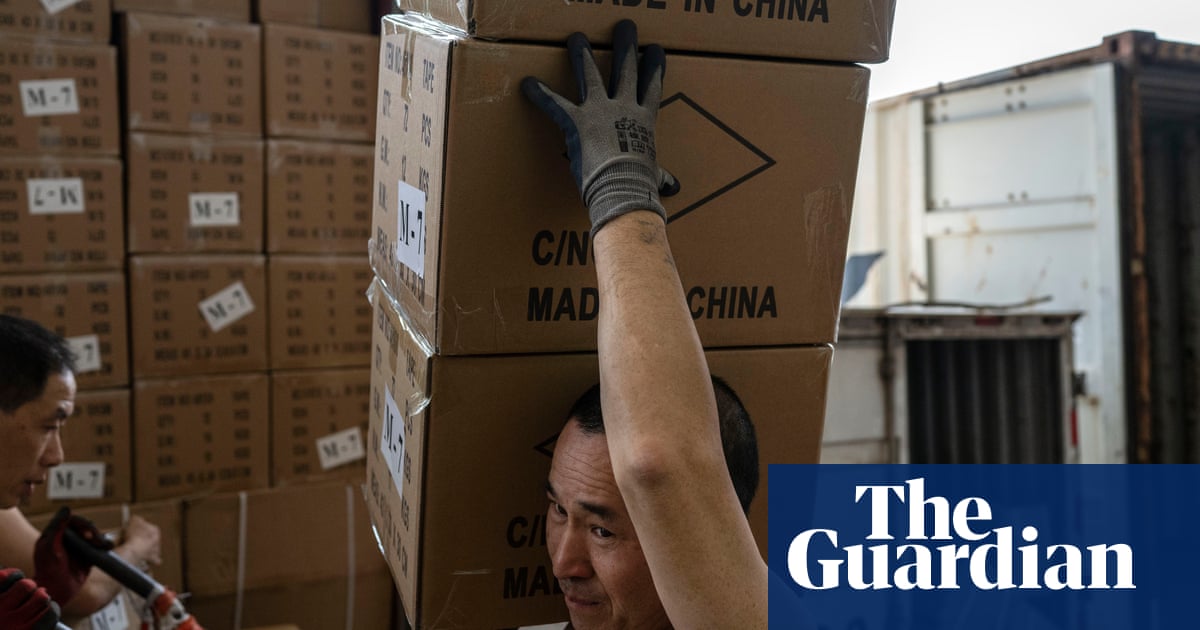Besides Provençal rosé (a column for another day), New Zealand sauvignon blanc has to be one of the most successfully marketed wines of the past century. This grape is, of course, planted around the world, and originally French, but it has become so wrapped up in the identity of New Zealand wine, and so at the forefront of our minds, that several people I know who have heard of New Zealand’s take didn’t know that sauvignon blanc also constitutes many appellation wines from the Loire and Bordeaux.
It was 1973 when the first sauvignon blanc vines were planted in Marlborough, and were initially intended to be blended with müller-thurgau, which at the time was one of the region’s more popular grape varieties. That’s almost unthinkable now, when Marlborough is by far the most famed region for sauvignon blanc, with about 25,000 hectares of vines, low rainfall and long, sunny days, as well as free-draining soil. In other words, ideal conditions for producing wine en masse.
Today, New Zealand sauvignon blanc is one of – if not the – most widely drunk white wines in the UK. It is, however, not that widely drunk within the industry itself, and some decorated wine enthusiasts can be a little snobby about it. I think that probably has something to do with the branding: a lot of New Zealand sauvignon blanc can taste rather similar, after all. But part of having a brand is that you’re easily recognised by the consumer, right? It’s also so often a person’s first foray into the world of wine, and that initial interest should always be encouraged.
Marlborough sauvignon blanc is crisp, dry and, above all, intensely aromatic. When you think NZ SB, think green (asparagus, gooseberry, pea pod) and tropical fruit (passion fruit, melon). Its lightness and acidity makes it a drinking wine, rather than a thinking wine. You also know exactly what you’re getting when you open a bottle, in much the same way as you know what you’re getting every time you open a can of lager or order a bargain bucket from KFC.
And Marlborough is just one of several regional styles. The country’s next biggest grower of sauvignon blanc is Hawke’s Bay, on North Island, and although it has only 1,000 hectares, it produces a more diverse range of styles, both riper and finer, than Marlborough. Next there’s Nelson, on the top of South Island, which I love for its elegant, poised chardonnay and pinot noir; its sauvignon is the same, but this is a more boutique region, so its wines tend to cost a little more than Marlborough.
International Sauvignon Blanc Day is being celebrated on 2 May, apparently, and we all need something to look forward to, so why not make it a whimsical, self-imposed wine holiday?
Four New Zealand sauvignon blancs worth looking into
Inviniti Marlborough Sauvignon Blanc 2023 £10.50, The Wine Society, 12.5%. Classic, aromatic and limey. Exceedingly reliable.
Babich Marlborough Sauvignon Blanc £13.50 Sainsburys, 13%. About as classic a supermarket New Zealand sauvignon blanc as you can get.
Greenhough ‘River Garden’ Sauvignon Blanc £16.40 Tanners, 12.5%. From Nelson, so greener, more subtle style. Herbal notes with peach and lemon. Organic, too.
Pegasus Bay Sauvignon Sémillon £23 Waitrose, 15%. From Waipara in central South Island, and blended with 30% sémillon for a twist on white bordeaux.

 3 hours ago
6
3 hours ago
6













































